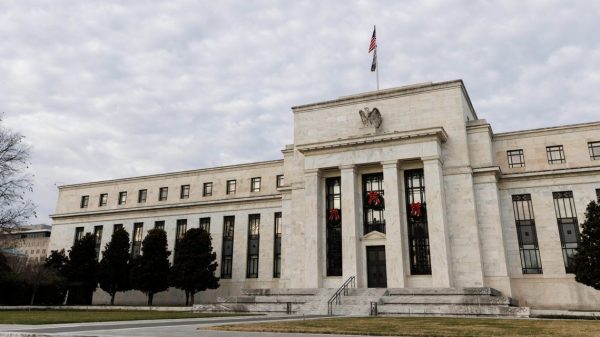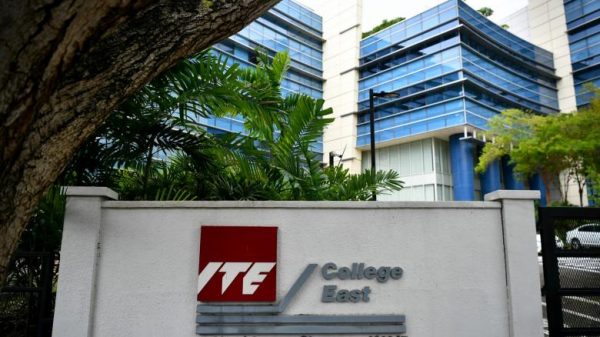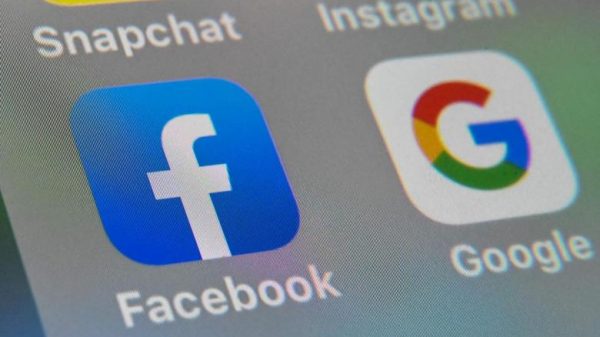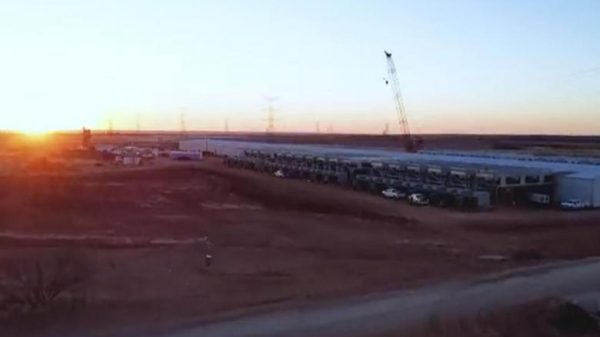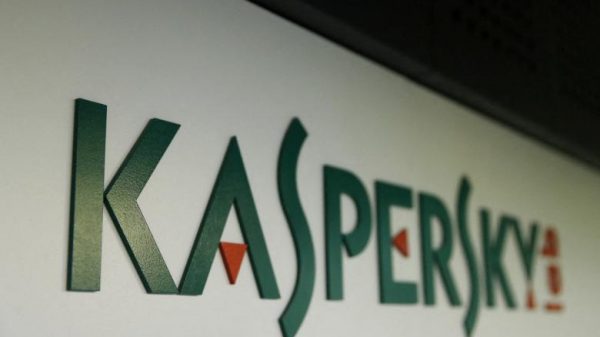WeWork shares rose on their first day of trading Thursday, capping a journey to a listing that included the implosion of its initial public offering in 2019.
The shared-office company WeWork went public through a combination with
BowX Acquisition Corp.
, a special-purpose acquisition company. Shares, trading under the name WeWork Inc., rose about 6% to $11 Thursday morning.
In 2019, WeWork’s IPO fell apart as the company faced questions about its corporate governance and how much it was worth. Now the entity that is making its debut on the New York Stock Exchange has undergone a refresh under Chief Executive
Sandeep Mathrani.
It has closed locations, renegotiated leases and cut thousands of jobs to reduce expenses during the Covid-19 pandemic.

Adam Neumann resigned as chief executive after the failed IPO, saying ‘too much focus has been placed on me.’
Photo:
Getty Images for WeWork
The deal with BowX Acquisition earlier this year gave WeWork a roughly $8 billion equity value. The combination provides WeWork with cash proceeds of about $1.3 billion, the companies said.
Founded in 2010, WeWork is a player in the market for flexible office space. It signs long-term leases with landlords, and after renovating a space and furnishing it, the company subleases small offices or even whole buildings to tenants for as little as a month at a time.
The company had a $47 billion valuation in the lead-up to its IPO, but its attempt to tap the public markets in 2019 failed when investors rejected the money-losing company. Its visionary yet erratic leader, Adam Neumann, subsequently resigned as chief executive, telling staff in an email at the time that “too much focus has been placed on me.”
SoftBank Group Corp.
9984 -2.06%
, the Japanese technology investor that has poured money into WeWork, rescued the company after the failed IPO endeavor. It continues to hold a majority stake in WeWork after the SPAC deal. Mr. Neumann will have voting power of about 11% after the business combination, according to a securities filing.
In 2019, WeWork said that its mission was to “elevate the world’s consciousness” and that it could reduce costs by 66% compared with a standard lease. In its latest attempt to enter the public markets, WeWork released a slideshow for investors that included case studies of how companies could shave real-estate costs by around 25% per employee by switching to WeWork.
Ahead of the public-market debut, Mr. Mathrani marketed the company’s offering as so-called space as a service. “As companies around the world reimagine their workplace, WeWork is uniquely positioned to offer the space and services that can power solutions built around flexibility,” he said Wednesday.
The Covid-19 pandemic struck just as WeWork was trying to rebound from its troubles in late 2019, posing a challenge for a company whose shared offices had workers in proximity. The company in August posted a net loss attributable to the company of $888.8 million for the three months ended June 30, compared with a loss of $863.8 million a year earlier.
Share Your Thoughts
Would you invest in WeWork? Why or why not? Join the conversation below.
In a securities filing, WeWork said its occupancy rate fell to 55% as of June 1 from 58% the same time last year because of a decline in demand primarily driven by the effects of Covid-19.
Mr. Mathrani and Executive Chairman
Marcelo Claure,
who is also the chief operating officer of SoftBank Group, will continue to be at the helm of WeWork as it goes public, the company said Wednesday.
SPACs, also known as blank-check companies because they raise money with the purpose of seeking a target to merge with and take public, have risen in popularity as companies seek alternatives to a traditional IPO. Such ventures typically have two years to find a target. Share prices for listed SPACs have retreated this year, leaving many blank-check companies trading below their debut prices.
Write to Dave Sebastian at dave.sebastian@wsj.com
Copyright ©2021 Dow Jones & Company, Inc. All Rights Reserved. 87990cbe856818d5eddac44c7b1cdeb8










